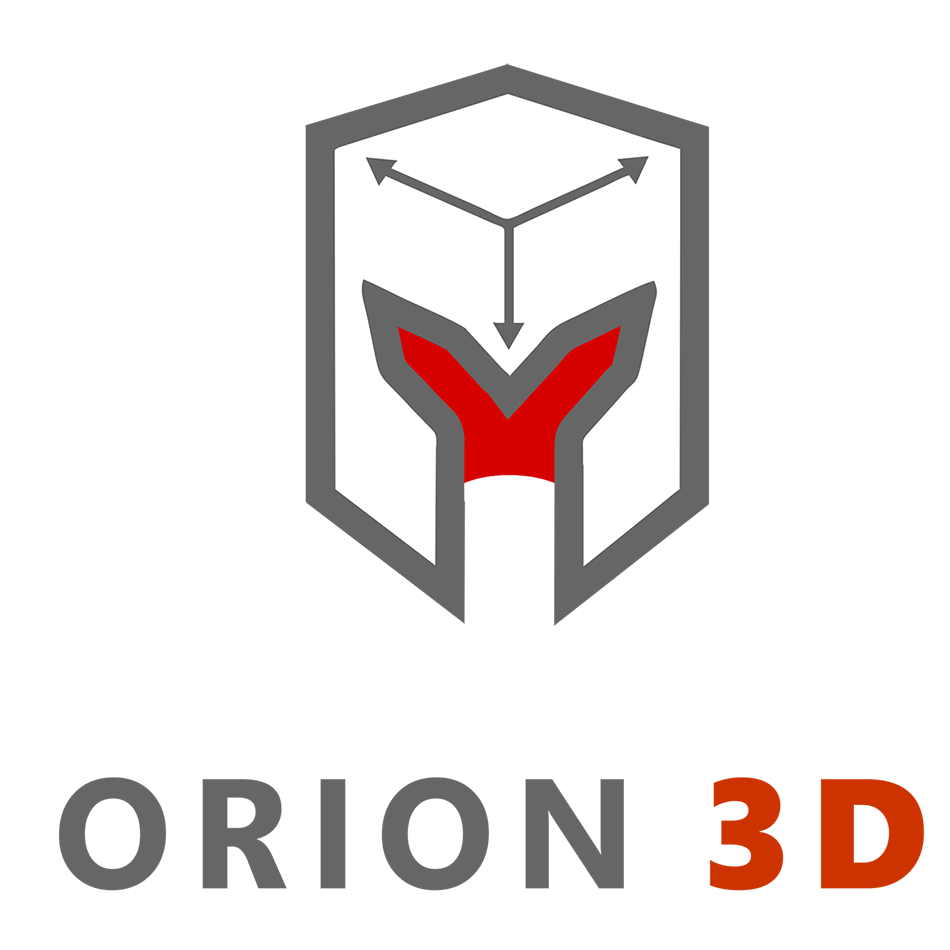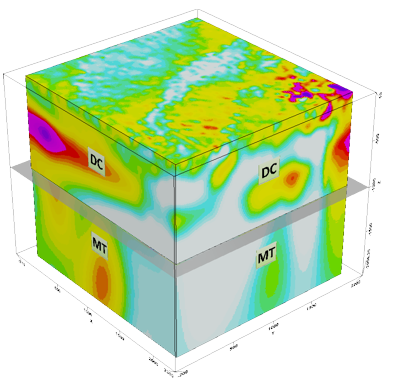ORION 3D
REAL 3D data acquisition provides today’s most complete electrical image of the subsurface with 2 complete surveys for deep comprehensive information about your project area.
Flexible deployments and rapid 3D data acquisition for DCIP coupled with the bonus of deep 3D MT resistivity information.
Explore to depths of 2000 metres!

REAL 3D data acquisition provides today’s most complete electrical image of the subsurface
An ORION 3D survey, covering an area of 4 sq km, can be completed in only 3 weeks and provides the most sophisticated electrical imaging of the subsurface possible. There are virtually no limitations to the configuration of an ORION 3D survey. A survey covering an area of roughly 2 km x 2 km will provide deep 3D information to a depth of 2 km.

2 x 2 x 2 km (shown)
What is ORION 3D ?
ORION is the 3D version of the famous TITAN distributed acquisition system. It is a highly flexible 3D ground geophysical survey for DC resistivity, chargeability, and MT resistivity. It can mobilize anywhere, is unlimited by terrain and other surface conditions, and is perfectly suited to explore complex geological situations.
ORION 3D provides complete omni-directional coupling with geology, structure, and mineral systems in the subsurface. The ability to measure in all possible directions means the system provides information on all possible orientations of subsurface as best as possible today.
Depending on the design, the system can collect more than 200,000 data points per survey. With more omnidirectional data, the derived 3D images offer thorough exploration prior to drilling.
ORION 3D core features;
- Full-time series data acquisition for processing optimisation and noise cancellation
- Transmitter signal are recorded and subsequently exactly removed from the recorded data (does not occur in traditional acquisition routines)
- Telluric cancellation available for IP

How it works
Independently distributed receivers offer maximum flexibility for ORION 3D survey layout and design. A grid of receivers that are responsible for a variety of functions is deployed. Each receiver is capable of measuring inline and orthogonal measurements. This is key for REAL 3D subsurface measurements.
For the IP survey, current injections are done throughout the grid. Each current injection is recorded by all the grid’s receiver dipoles at once. This provides thorough, deep coverage. The DCIP is collected during the day and the MT is completed at night, thereby maximizing efficiency and survey value.
Improve drill planning
- True 3D data acquisition. Provides the most accurate images of complex geology, thereby avoiding as much uncertainty as possible prior to drilling
- Drill more effectively. High-resolution data acquired in multi-directions gives you better detail than any other survey in the world. A complete picture before drilling helps you avoid unnecessary drill holes while focusing efforts on the most prospective targets.
- Present better drill results for financing. A picture is worth a thousand words. It can be difficult for non-geoscientists to picture an ore body and potential mine. A 3D image instantly creates a tangible representation of the investment opportunity.

